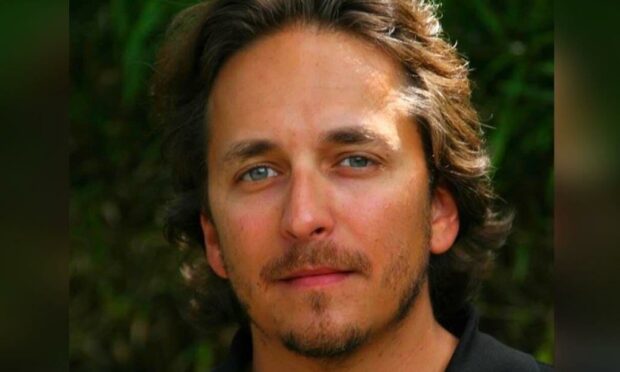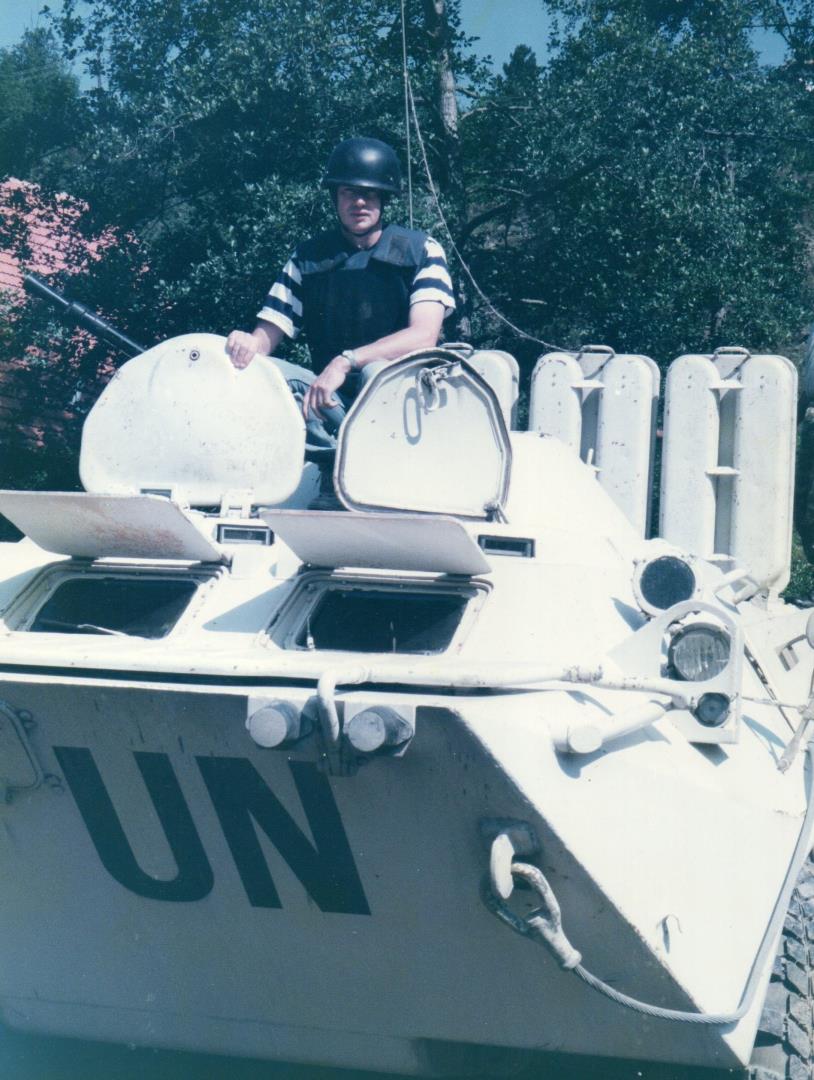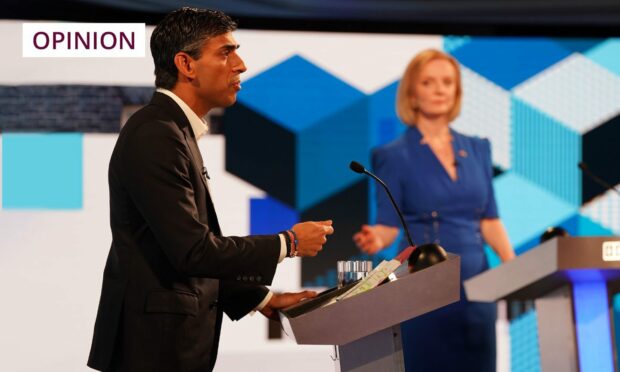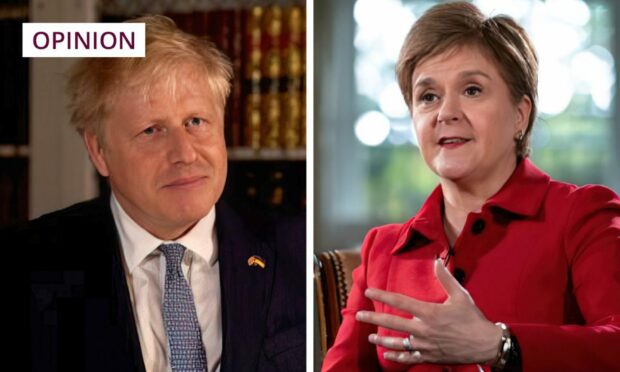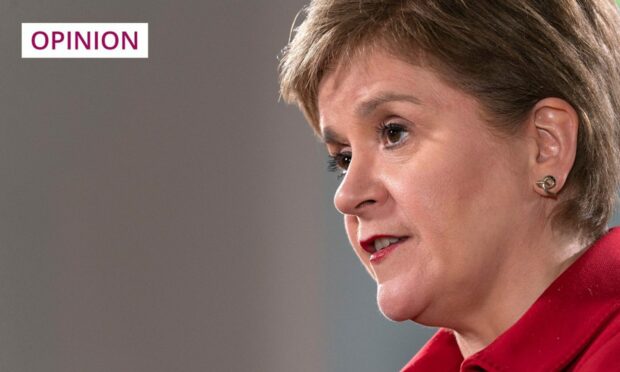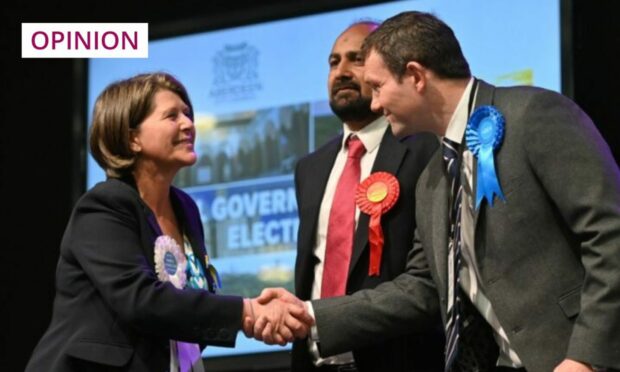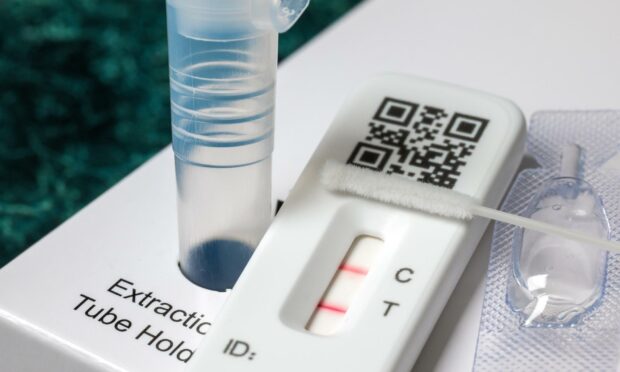As we have watched the horrors of the situation in Ukraine unfold over the past weeks, we can see that objective and unbiased news coverage has never been more important.
We live in a world of disinformation and fake news. That is why trusted reports from trusted journalists, whether on television or in newspapers, is vital.
Sadly, too many people today absorb their news from unreliable social media sites. Whether we like it or not, far fewer people than in years gone by read newspapers or news websites to learn what is really going on in the world.
However, the fact that you are reading this means that you are one of those who still believes in the importance of the press.
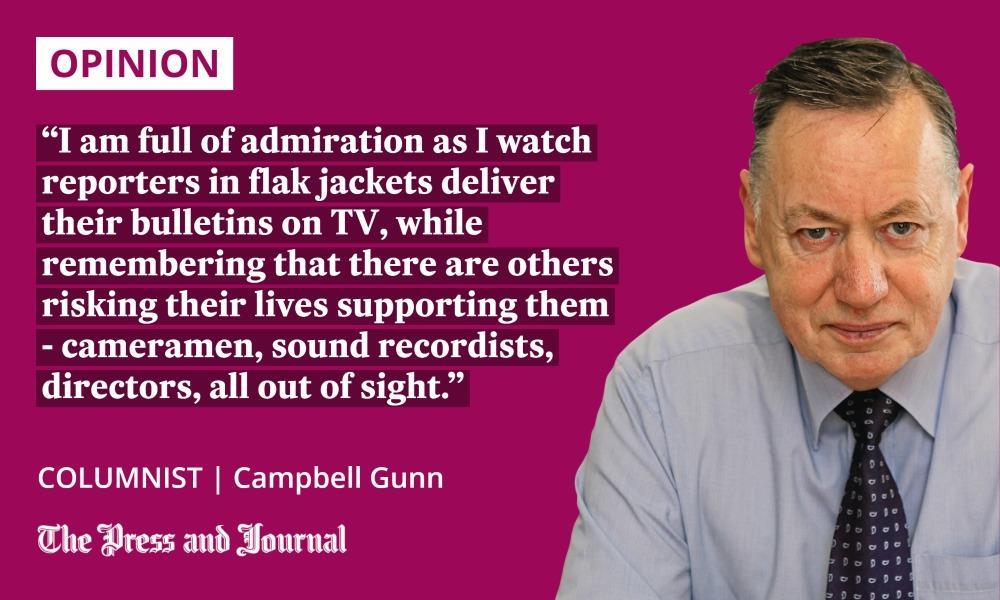
It is worth remembering that, in situations such as Ukraine, as thousands of people flee from the action, journalists are the ones heading in the opposite direction, so that the world can discover what is really going on.
55 journalists were killed last year
Opinion polls on the standing of various occupations regularly put journalists close to the bottom of the pile, along with politicians and estate agents. However, but for the bravery of many of my journalistic colleagues, the world would not know that the tsunami of disinformation currently being spread by Russia through social media is entirely false.
In Kherson, Russians are threatening to kill journalist Irina Staroselets.Journalist Oleh Baturin has disappeared in Nova Kakhovka.Evgeny Maloletka in Mariupol was threatened. More than 50 crimes against journalists have been recorded in Ukraine since the beginning of 🇷🇺 invasion pic.twitter.com/OMPcnITHN4
— Hanna Liubakova (@HannaLiubakova) March 13, 2022
According to Unesco, 55 journalists were killed last year. Just last week, a US journalist was killed, and other reporters were shot and robbed by Russian soldiers in Ukraine, a Mexican journalist was killed in his home country, journalists in India were arrested and a newsroom in Kyrgyzstan was raided due to its coverage of the war in Ukraine.
Simply doing one’s job as a journalist can be hazardous, but much more so when covering an armed conflict. Before becoming a political journalist, I was a news reporter. And, though I was never a full-time war correspondent, I did travel to and report from a couple of major conflicts.
In 1995, I was in Bosnia and Croatia at the height of the Balkan Wars, and in 1999 was back in the former Yugoslavia to cover the Serb attacks in Kosovo.
‘Unlike the movies, cars don’t stop bullets’
My first taste of war reporting was a real eye-opener. Before heading to Bosnia, I went to Zagreb, the Croatian capital, to register as a journalist and pick up press accreditation from both the Croatian Government and the United Nations.
My new UN press pass came with a sheaf of press releases about the current state of the various front lines, and a set of instructions on how journalists should behave to keep themselves safe in a war zone. As I read through these papers in my hotel room that evening, I felt the first stirrings of apprehension.
The briefing explained that the United Nations Protection Force (Unprofor) was operating in the Balkans with four-wheel drive and tracked vehicles for good reasons. “Previous attempts by the media to accompany convoys with two-wheel vehicles have ended in tears,” it warned.
There was more. “If you are told that you are entering a high-risk area the following additional precautions should be taken. A) Open side windows and turn off stereos. This will enable you to hear incoming fire and possibly the firing of mortars nearby. B) Remove seatbelts to be able to debus swiftly or facilitate casualty evacuation. C) All passengers should look outward covering a 360-degree arc around the vehicle.”
Worst of all, the briefing explained, if you come under fire, you should take cover away from the vehicle, leaving your engine running. “Unlike the movies, cars don’t stop bullets,” it added ominously.
I was held at gunpoint – but it was nothing compared to Ukraine
In Bosnia, there was just one occasion when a shell fired by Serb forces towards the town of Tuzla whistled over our heads. During that trip, that incident was the nearest I came to actual artillery fire.
Four years later, however, along with a colleague from another newspaper, I was hijacked and robbed at gunpoint by a Serb militiaman when covering the Kosovo conflict from the Macedonian capital Skopje. It was a sobering and scary experience.
Still, it was as nothing to the real and present danger many journalists are facing right now, as they bring us the news from Ukrainian front lines.
Lyse and I- Kabul 2001. Lyse and I- Kyiv 2022. I’m proud know you young lady @bbclysedoucet pic.twitter.com/qcTws18mCz
— Clive Myrie (@CliveMyrieBBC) March 5, 2022
I am full of admiration as I watch reporters in flak jackets deliver their bulletins on TV, while remembering that there are others risking their lives supporting them – cameramen, sound recordists, directors, all out of sight. Likewise, those brave journalists sending their reports to newspapers at considerable personal risk.
We are very fortunate in this country in having a free and disparate media. But we should never forget that it only operates thanks to the expertise and, in many situations, the selfless bravery of journalists.
Campbell Gunn is a retired political editor who served as special adviser to two first ministers of Scotland, and a Munro completist
